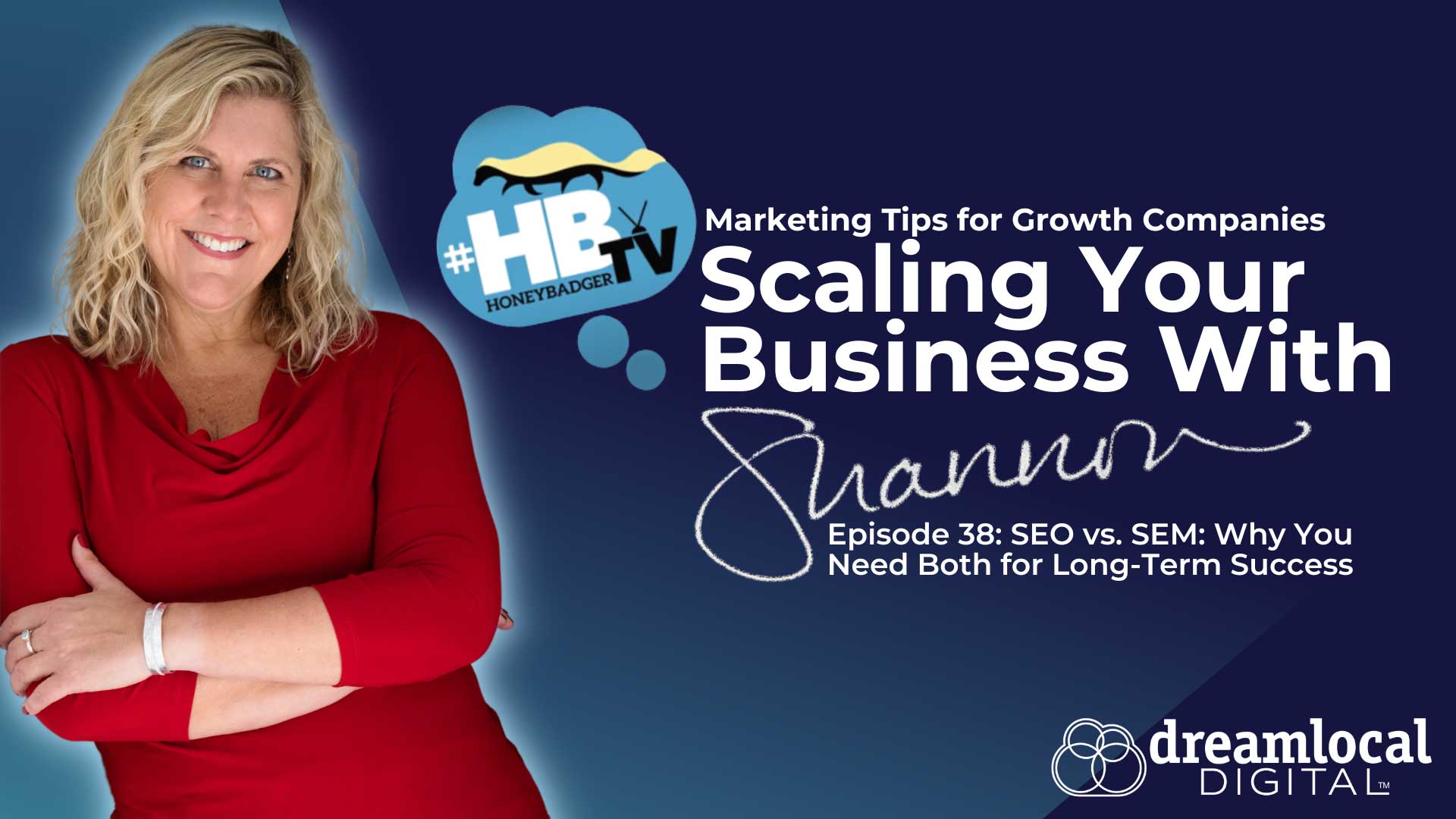It’s Not Time to Quit Facebook
… it’s time to get smarter about your marketing
In the wake of the bombshell that Facebook dropped recently, that they will actively reduce organic promotional content starting in January, a flurry of blogs, articles, and posts have hit the social networks cursing Facebook, threatening abandonment, and generally despising the entity that helped introduce many of us to social media marketing. The rants include people who are frustrated by low organic reach, those who have seen their cost of ads spike, and those who are tired of chasing Facebook’s algorithmic changes.
The real problem is this:
Facebook introduced many people and small businesses to online marketing and to messages that can reach hundreds and thousands of people who are demographically perfect prospects. Many stopped here and believed Facebook was the all-encompassing answer for online and social media marketing.
WRONG ANSWER!
While Facebook has its benefits and has allowed many to reach and recruit fans to build brand awareness, communicate with patrons, and even sell products, this is not marketing. If you have been fortunate enough to benefit greatly from a Facebook only strategy, consider it similar to the investor who buys one stock, watches the price skyrocket, and sells for a phenomenal profit. While it was a great investment and gave you big returns, it is not a stand-alone strategy sustainable over time.
It’s time to market your business smarter
Online marketing has evolved and continues to every day. There are many online channels that have great value and will help you in different ways to market your business. Some are good for building brand awareness, some for communicating with patrons, some for demonstrating industry or product knowledge, and some for selling and highlighting the items and services that you offer. The key today is to build a plan, understand what you need or want to accomplish, and then match a good online strategy to target the correct people and measure how well your plan is working.
Here is a hypothetical example:
Business: XYZ Apparel Co.
About the company: XYZ Apparel Co. manufactures a fashionable professional clothing line designed for those who have to dress up for their career and want to look good at work.
Online Marketing Goals:
- Increase brand exposure and awareness
- Communicate with prospects and patrons for the brand
- Increase web traffic
- Increase distribution and retail outlets for the brand
Options:
Facebook – Is a great resource to promote the company ideals, showcasing fashion trends, articles about how to look good while professional, engage fans and get their opinions on colors, styles, share the involvement of the company in charitable causes, and give followers a view into the inner workings of the manufacturing of clothing that meets their needs.
Google+ – Provides a platform that will rank a company on search when the posts they serve contain the content that consumers search for through Google.
Twitter – Allows a forum to broadcast brand messages, solve customer service issues, and join conversations that contain pain words for users that XYZ can help solve professional fashion problems.
Pinterest – Showcases the specific products XYZ sells as well as fashion trends and styles.
YouTube – Demonstrates fashion tips, manufacturing processes that set its product apart, and other relevant material to the target audience, such as, “How to choose the right shoes” or “Tie or no tie, how to decide.”
Instagram – Helps XYZ showcase the lifestyle that its brand represents and the way its patrons want to be perceived.
Blogs – A forum to answer common questions, demonstrate industry expertise, give fashion advice, and allow the company to improve its organic search rankings through long form content.
LinkedIn – Allows XYZ to showcase why the brand is positioned well for stores to be profitable and sell to the business professional who wants to be fashionable. This provides a great basis for company employees to leverage the content shared by the company throughout their personal pages to create leads and reach new distribution and stores.
Google AdWords – Drive traffic to the corporate website when people are searching for relevant keywords and phrases.
Facebook Ads – Place products and specials in front of highly targeted demographics as well as drive additional fans and engagement to a Facebook page.
Twitter Ads – Broadcast messages to targeted demographics and also attract followers.
LinkedIn Ads – Broadcast messages to highly targeted demographics to increase brand exposure.
Email – Ties all of these channels together, and as a list develops and is intelligently segmented, serves the most relevant content to subscribers on a regular basis to encourage purchases, highlight sales, and demonstrate industry expertise.
Wow that’s a lot to manage!
Now, if you are like most small businesses, the above listing, while not all-inclusive, is an intimidating task list that is easier to ignore than tackle. That is the problem and the opportunity wrapped into one. While most small businesses will groan and spout off about Facebook, a few will look at the changes as an opportunity to shine while others abandon. Developing a solid strategy and using multiple online channels to help accomplish your goals is what marketing is all about. This is what will separate your company over time from those who simply get lucky using the “Channel of the Week,” and this is the bridge between your company being on social media, and having a fully integrated marketing strategy to propel you to success.
As you analyze where your company should be and try to decipher the online opportunities, contact me and I can help you match your goals with the opportunities to build a great marketing strategy.
Newsletter Signup
Stay up to date on the latest digital marketing news, updates, and more. Sign up to receive our newsletter!




